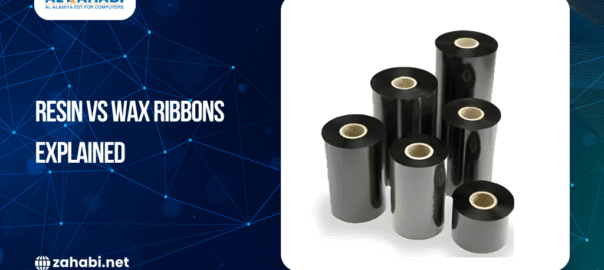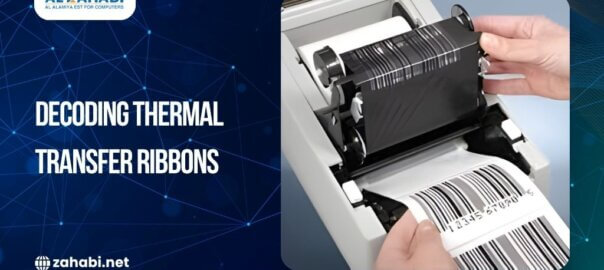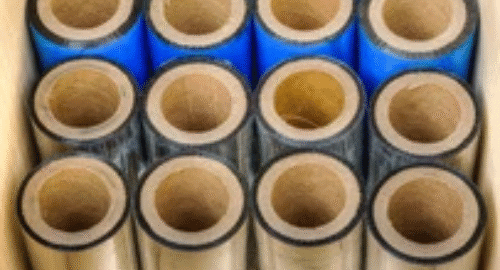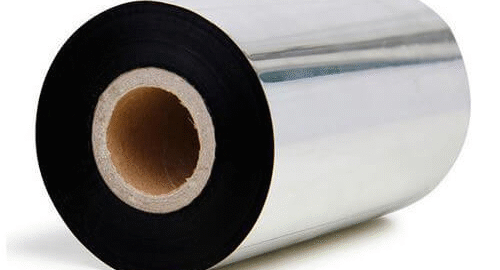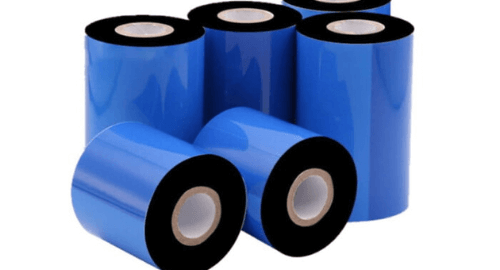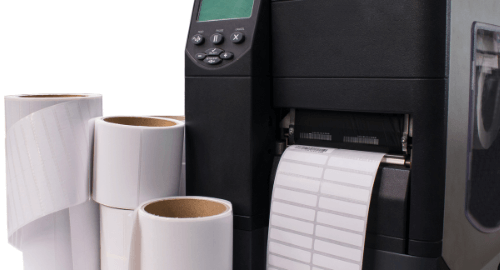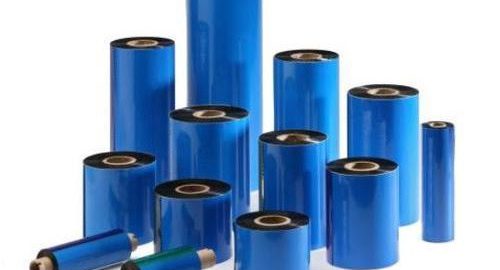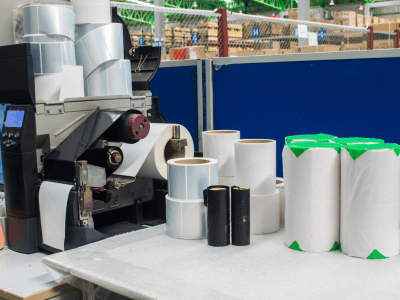
Selecting the right barcode ribbons is essential for ensuring high-quality, durable barcodes that meet your business needs. With various types of ribbons available, it can be challenging to choose the best one for your specific application. This guide will help you understand the different types of barcode ribbons and how to select the perfect one for your business.
Understanding Barcode Ribbons
Barcode ribbons are coated rolls of film used in thermal transfer printers. They transfer ink onto labels, creating barcodes. The choice of ribbon affects the print quality, durability, and suitability for different environments.
Types of Barcode Ribbons
Wax Ribbons
Description: Made primarily of wax, these ribbons are the most economical option.
Best For: Paper labels used in short-term applications like shipping labels.
Advantages: Inexpensive and suitable for high-speed printing.
Limitations: Less durable and not resistant to smudging or scratching.
Wax/Resin Ribbons
Description: A blend of wax and resin, providing better durability than pure wax ribbons.
Best For: Coated paper and synthetic labels.
Advantages: More resistant to smudging and scratching.
Limitations: Slightly more expensive than wax ribbons.
Resin Ribbons
Description: Made of pure resin, these ribbons offer the highest durability.
Best For: Synthetic labels, especially in harsh environments.
Advantages: Resistant to chemicals, heat, and abrasion.
Limitations: More expensive and require slower print speeds.
Factors to Consider When Choosing Barcode Ribbons
- Label Material
The material of your labels significantly impacts the type of ribbon you should use. Wax ribbons work well with paper labels, while resin ribbons are necessary for synthetic labels exposed to harsh conditions.
- Environmental Conditions
Consider the environment where the labels will be used. If they’re exposed to moisture, chemicals, or extreme temperatures, resin ribbons are the best choice for ensuring durability.
- Print Durability
Think about how durable the print needs to be. For applications where labels are handled frequently or subject to abrasion, wax/resin or resin ribbons are more suitable.
- Printer Compatibility
Ensure the ribbon is compatible with your thermal transfer printer. Check the printer specifications for the recommended ribbon types and sizes.
- Cost
Balance your budget with your quality and durability needs. While wax ribbons are the least expensive, investing in wax/resin or resin ribbons can save money in the long run by reducing reprints and errors.
- Speed and Quality
Consider the speed of your printing process and the quality required. Wax ribbons allow for faster printing speeds, whereas resin ribbons provide higher quality prints but may require slower speeds.
Tips for Selecting the Right Barcode Ribbon
Test Samples: Before making a bulk purchase, test different ribbons to see which one works best for your specific application.
Consult Experts: Reach out to suppliers or industry experts for recommendations based on your needs.
Consider Future Needs: Think about the potential changes in your labeling requirements and select a versatile ribbon that can adapt to different applications.
Common Applications of Barcode Ribbons
Retail: Wax ribbons for pricing labels and shelf tags.
Healthcare: Resin ribbons for laboratory samples and patient wristbands.
Logistics: Wax/resin ribbons for shipping labels and inventory management.
Manufacturing: Resin ribbons for product identification and tracking in harsh environments.
Conclusion
Choosing the perfect barcode ribbons depends on various factors, including label material, environmental conditions, and budget. Understanding the differences between wax, wax/resin, and resin ribbons will help you make an informed decision that meets your business needs. By selecting the right ribbon, you can ensure high-quality, durable barcodes that improve efficiency and accuracy in your operations.
Investing time in selecting the appropriate barcode ribbons not only enhances the functionality of your labeling system but also contributes to overall cost savings and operational efficiency. Whether you’re in retail, healthcare, logistics, or manufacturing, the right barcode ribbon can make a significant difference in your labeling process.

